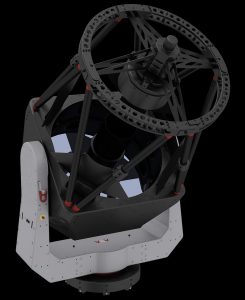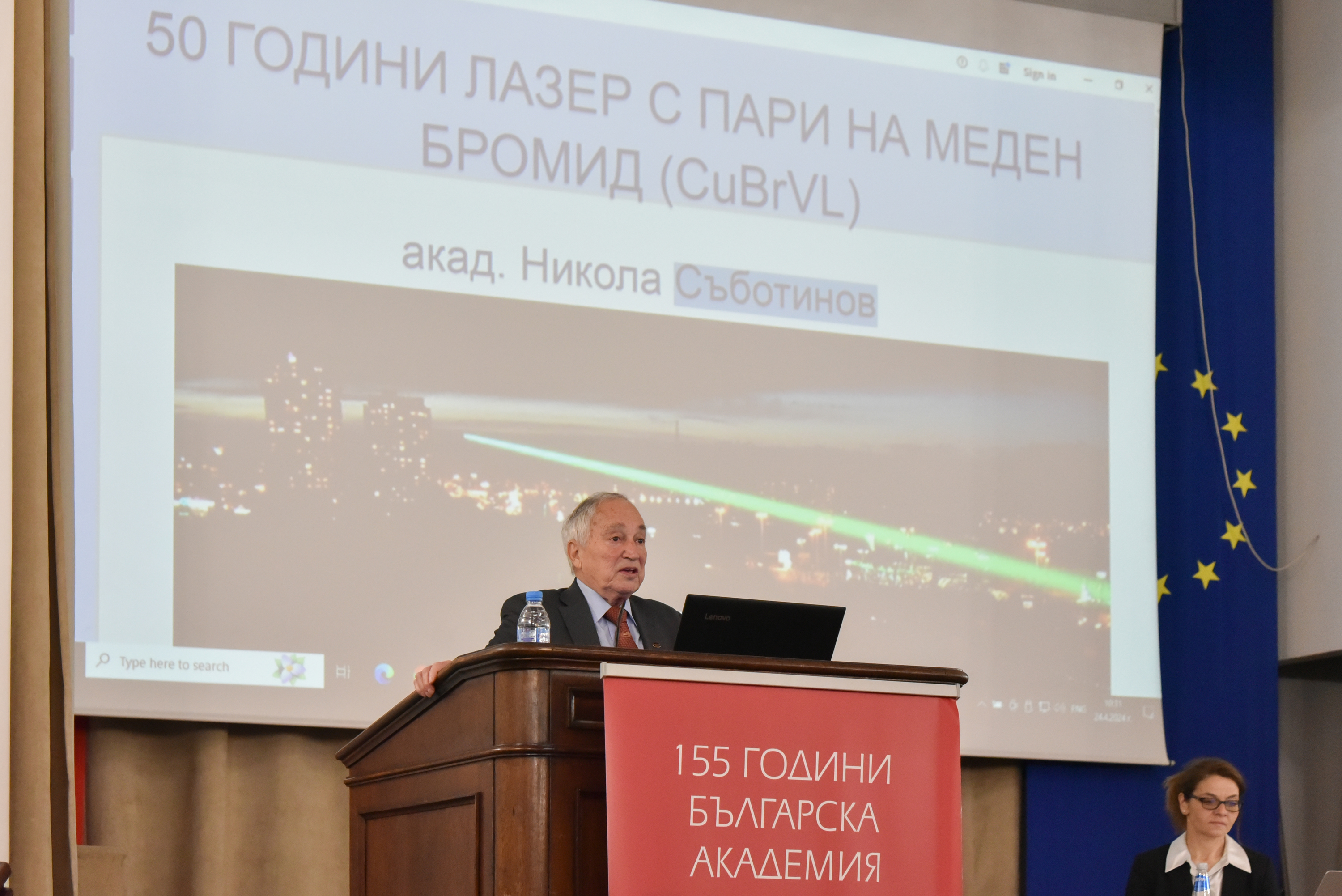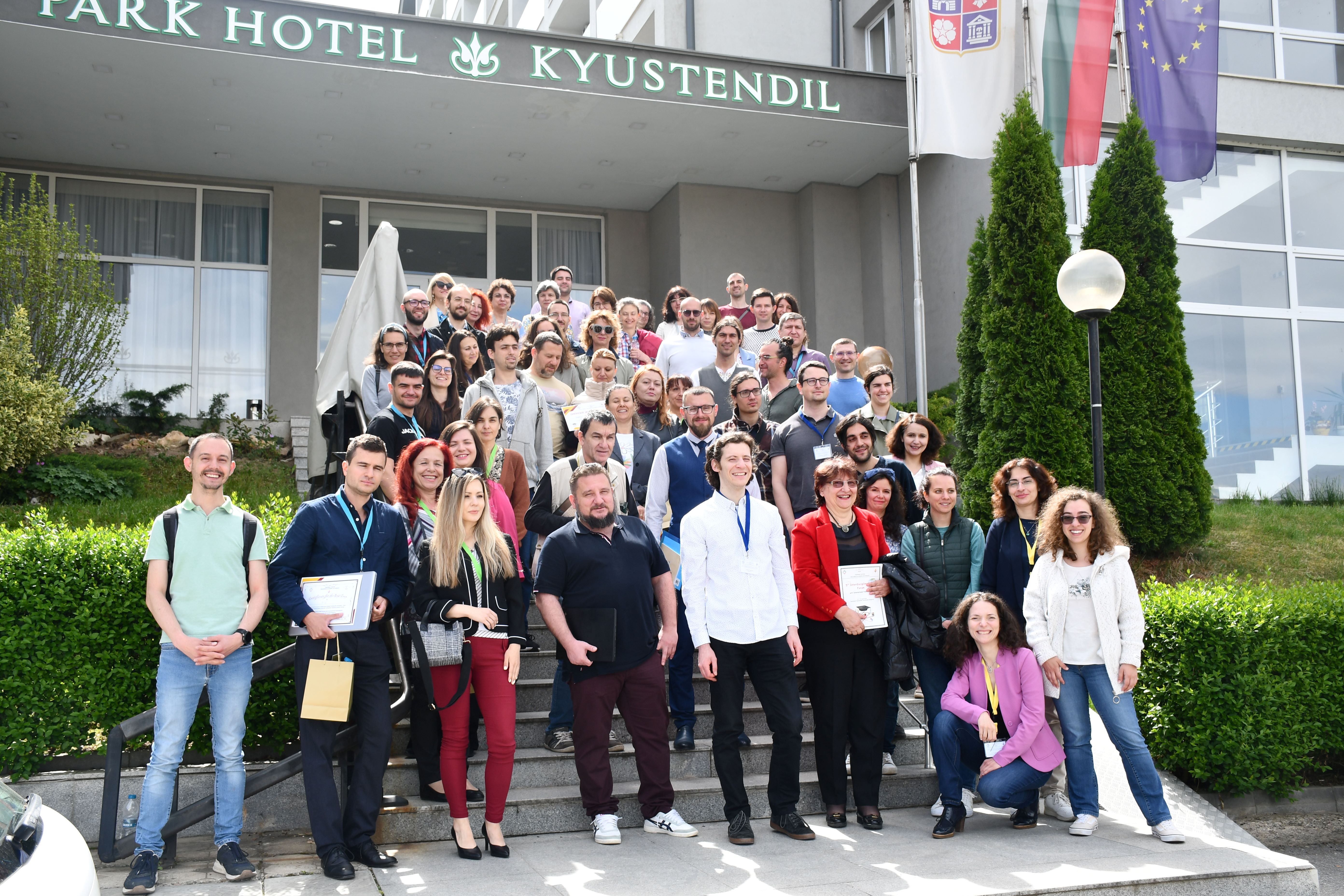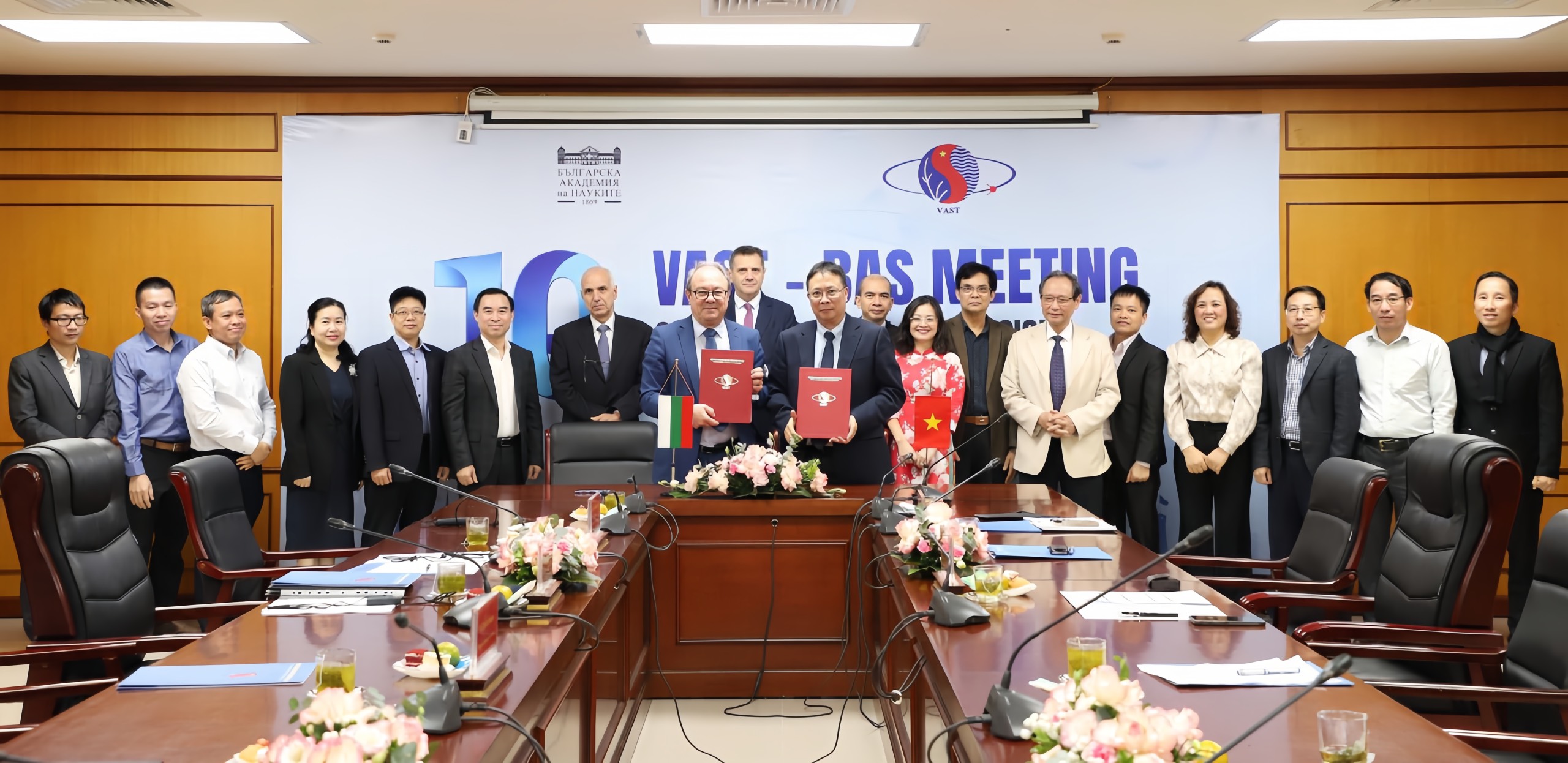The Institute of Astronomy with National Astronomical Observatory (IA with NAO) has signed a contract for the production, supply and installation of a new telescope at Rozhen NAO. The new telescope will have a main mirror with a diameter of 1.5 meters, Richie-Chrétien optical system and will be manufactured by the Austrian company ASA Astrosysteme Ltd, which won the announced public tender for it. The contract also envisages the construction of an observation tower with a dome, in which the telescope will be installed.
The telescope will be fully robotic and remotely controlled and will perform the set program for astronomical observations without human intervention while observing the weather conditions. An automated meteorological station is provided for it, which will monitor the strength and direction of the wind, the relative humidity and possible cloud cover. Smart control software will close the telescope and dome in the event of a weather hazard to the optical system and electronics.
The project for the new telescope is funded entirely by the National Roadmap for Scientific Infrastructure 2017-2023, coordinated by the Ministry of Education and Science. The term for production and delivery of the telescope is 18 months, and for its installation in Rozhen NAO – 3 months. The telescope will have an alt-azimuth mount which is very compact, relatively light and allows mounting in a tower with a diameter of 8 meters and a height of 6 meters. “We expect the first test observations with the telescope to be made in the summer of 2022 and for it to take its place in the scientifi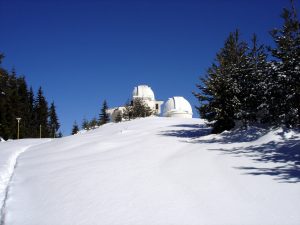 c programme of the Institute of Astronomy. We will continue to rely on the support of MES to equip the telescope with new light-receiving equipment, “said the Institute of Astronomy.
c programme of the Institute of Astronomy. We will continue to rely on the support of MES to equip the telescope with new light-receiving equipment, “said the Institute of Astronomy.
The main task of the new telescope will be the observations of rapidly changing objects, participation in international campaigns to track small bodies in the solar system, variable stars and quasars. The inclusion of Rozhen NAO in the international networks for the study of the sources of gamma-ray bursts, the search for New and Supernovae, rapidly changing stellar objects and quasars and nuclei of active galaxies is being considered. The traditional for Bulgarian astronomy studies of astronomical objects will be continued, such as: cataclysmic and symbiotic stars, compact objects, stars in the process of formation, stars with accretion disks, stellar wind and more.


